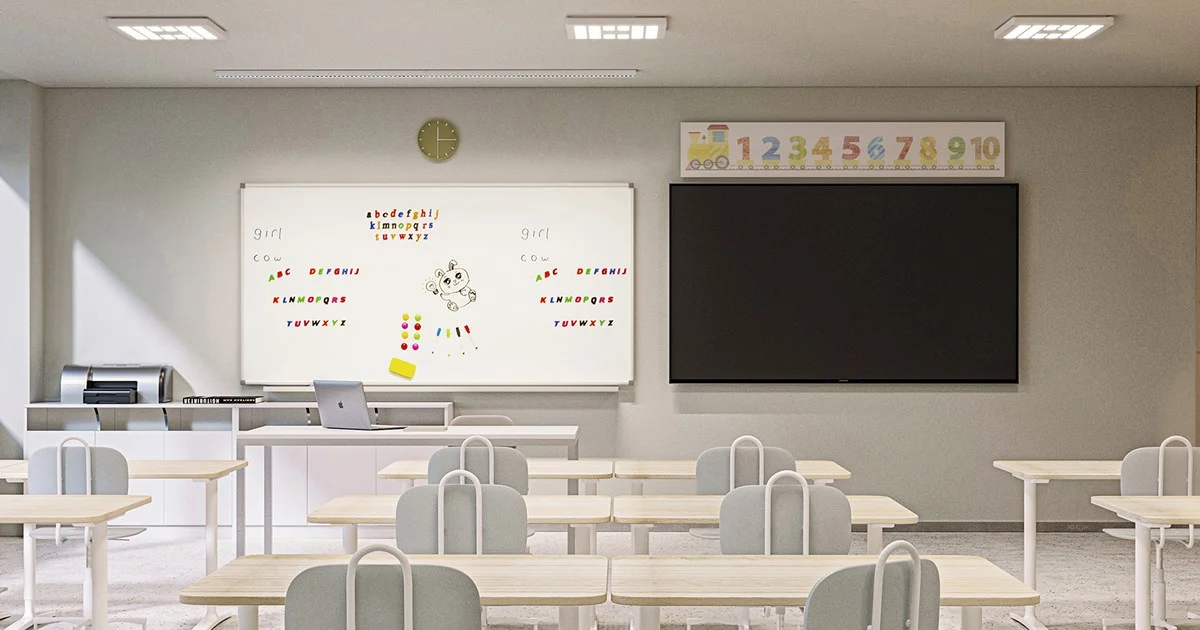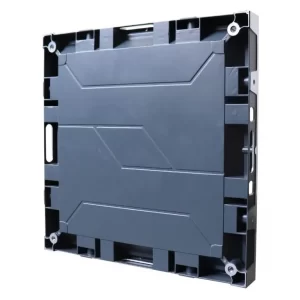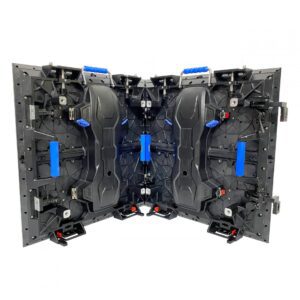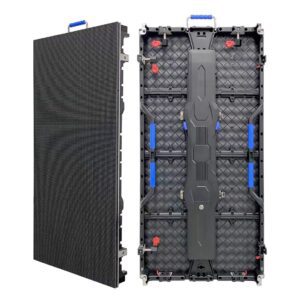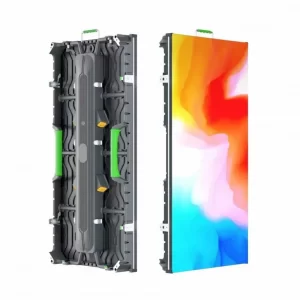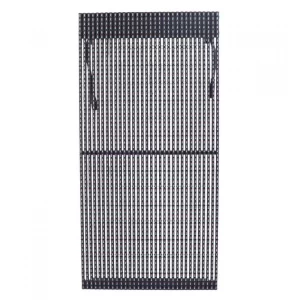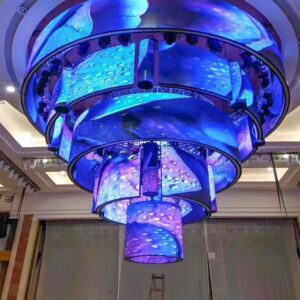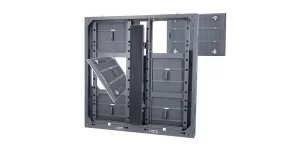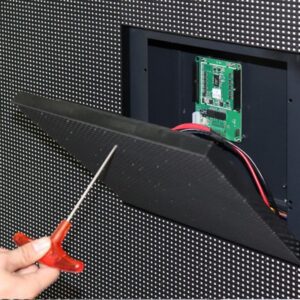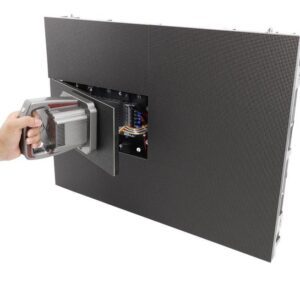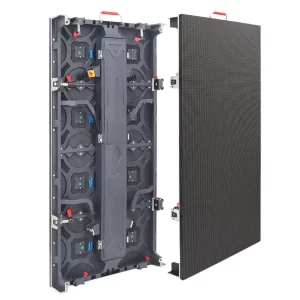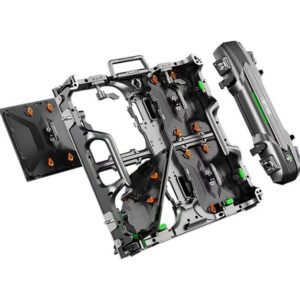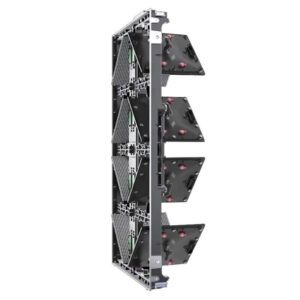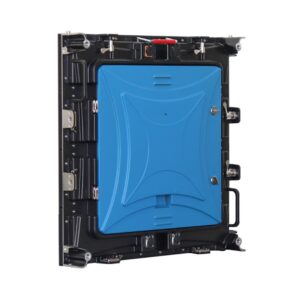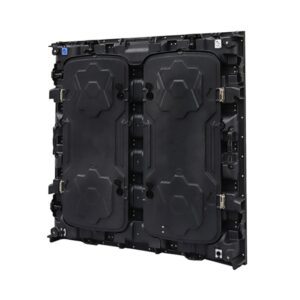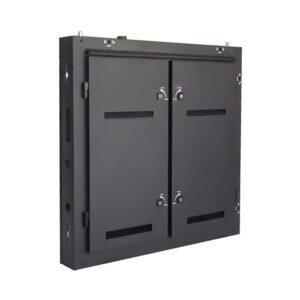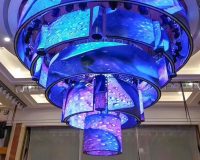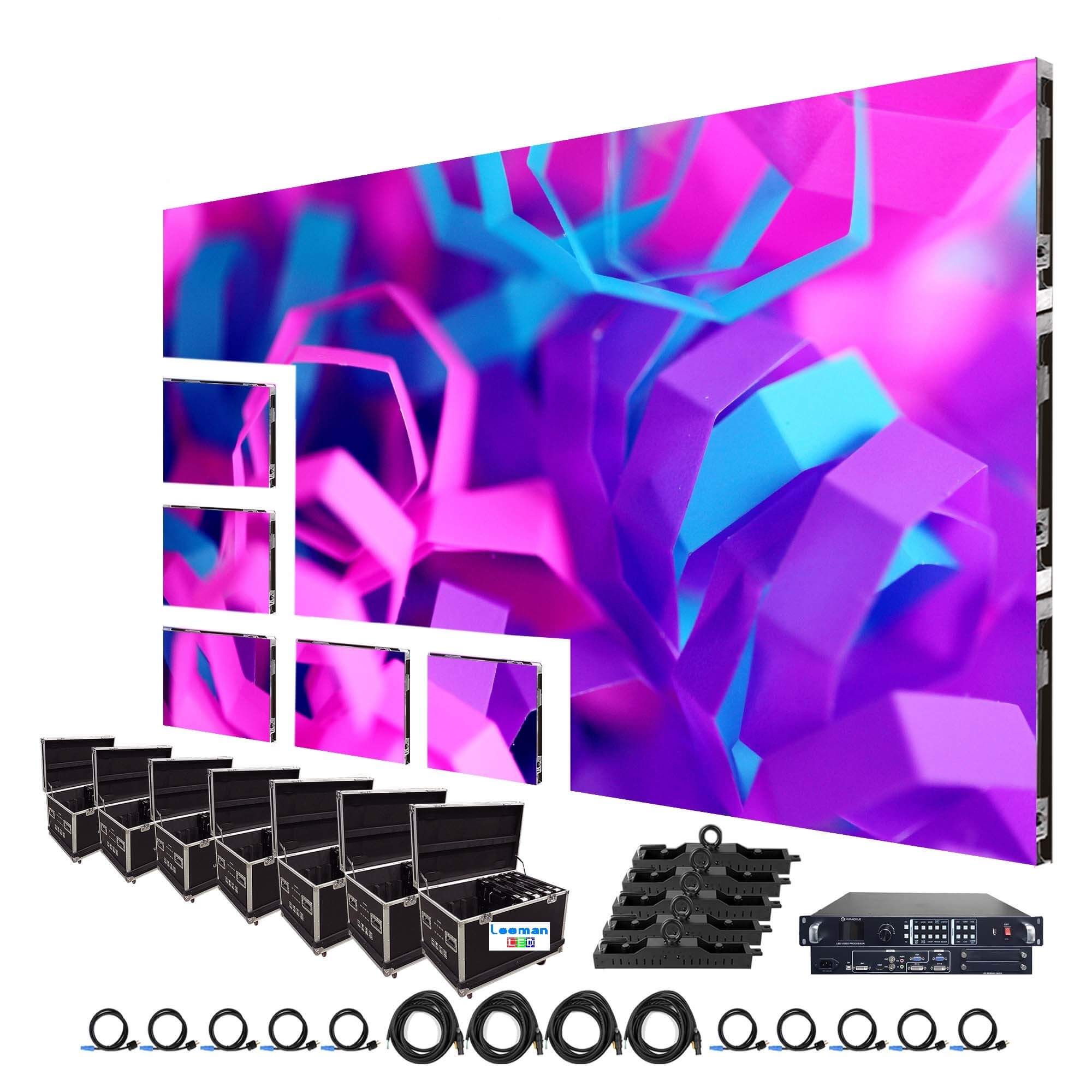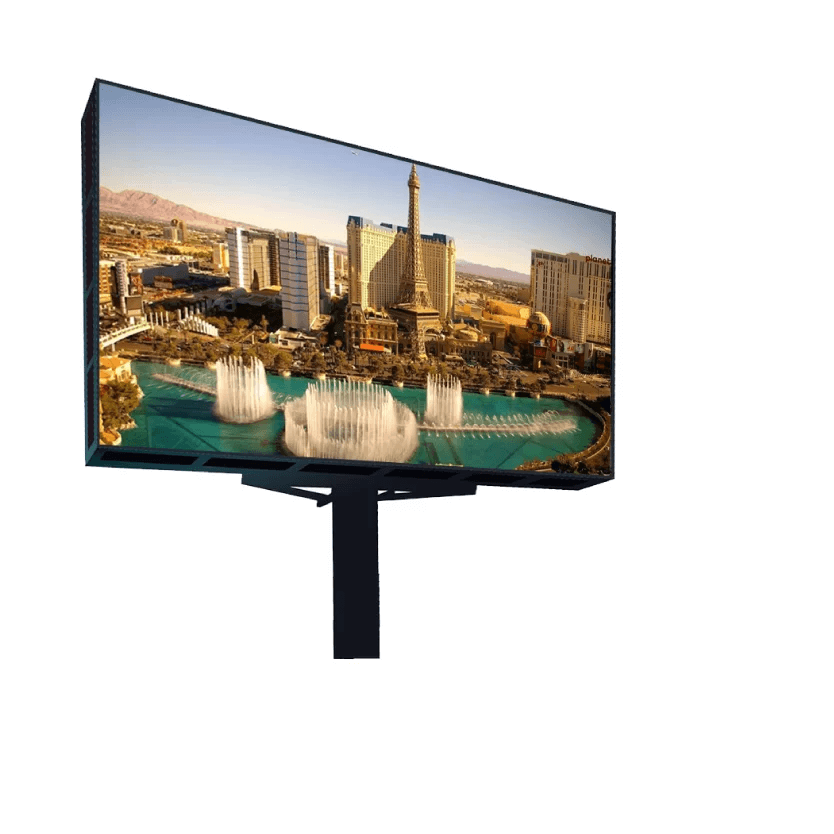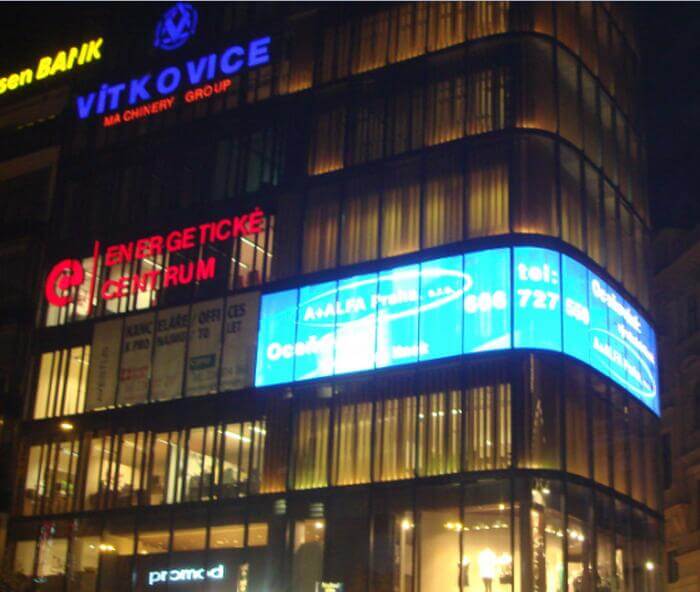LED Lighting for Improved Focus and Learning in Schools
Traditional classroom lighting may be a thing of the past.
Schools across the country are embracing LED lighting technology, not just for its energy-saving benefits, but also for its potential to enhance the learning environment and improve student focus.
Brighter Learning: Enhanced Focus and Reduced Strain
One of the key advantages of LED lighting in classrooms is its ability to provide brighter and more focused illumination compared to traditional incandescent or fluorescent bulbs.
This translates to a significant benefit for students – improved visibility of textbooks, worksheets, and other learning materials.
Reduced eye strain, a common complaint in poorly lit classrooms, can also be minimized with LED lights.
This can lead to better concentration and a more comfortable learning experience for students.
Simulating Daylight: Improved Cognitive Function
Research suggests that exposure to light that mimics natural daylight can positively impact cognitive performance.
LED technology offers the ability to create a light spectrum closer to sunlight.
Studies have shown that classrooms equipped with such LED lighting systems can experience improvements in student focus, concentration, and even test scores.
Creating the Right Ambiance: Adjustable Lighting for Different Needs
The beauty of LED lighting lies in its versatility. Unlike traditional lighting systems, LEDs offer adjustable features.
This allows educators to tailor the lighting intensity and color temperature within a classroom to suit different activities.
For instance, cooler, brighter light can be used during periods of focused work, while warmer tones can be used to create a calmer and more relaxed atmosphere for discussions or group projects.
Beyond the Benefits: Energy Efficiency and Cost Savings
While the focus of LED lighting in schools is on improved learning environments, the energy-saving benefits are undeniable.
LED lights are significantly more efficient than traditional bulbs, consuming less power and lasting considerably longer.
This translates to substantial cost savings for school districts in the long run.
Conclusion
In conclusion, LED lighting presents a compelling solution for modernizing classrooms and fostering a more positive learning environment.
From improved focus and reduced eye strain to the ability to create a dynamic learning atmosphere, LED technology offers a range of benefits that can contribute to better educational outcomes.
With its energy efficiency and cost-saving advantages, LED lighting is a win-win proposition for schools, students, and the environment.

